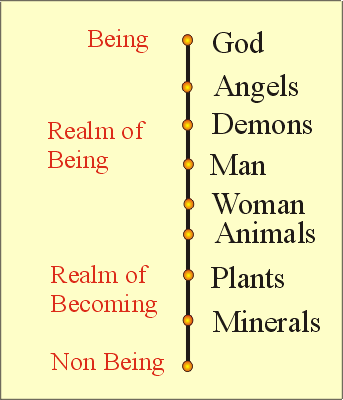"10 Simple Ways to Signature Service"
"Simple (and Free) Customer Service Solutions for Restaurants and Eating Establishments" By
Albert Barneto“Signature service” is a term that I use to describe customer service that is fresh and unique to a customer’s experience with your business. All companies have “signature products” that separate them from the rest of the pack, something that their competitor lacks. "Signature service" is just that. Customer service that is unique and special; that when a guest leaves your restaurant they scratch their heads and go “WOW”. That my friends, IS what I call “Signature Service”.
1. First impressions
2. Treat your customers as guests
3. Listen to your guests when they’re ordering
4. Use manners
5. Names instead of numbers
6. Be accommodating
7. Be an ambassador to your restaurant
8. I want to be a “regular” too!
9. Open the doors.
10. Thank You! Thank You! Thank You!
See also on the same shelf:Visual Signatures and Information Visualization Call Centre (s) Culture in-making Converting Browsers Into Buyers — Know Your Ecommerce Math












